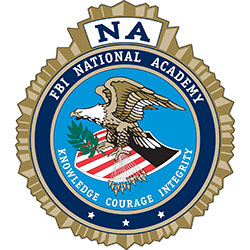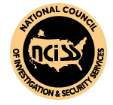Forgery is falsifying a document, signature or object without permission. The three most common types of forgery are signature forgery, prescription forgery and art forgery. Not only is forgery illegal, so is knowingly using or passing a forged item. The legal term for passing or using a forged item is uttering. So if someone uses a fake ID to purchase alcohol, they are uttering forged identification. To officially be considered forgery, there must be some legal or historical significance and the item must be falsified or faked.
Some common items and documents that are frequently forged include:
- Checks
- Data
- Documents
- Art objects
- Historical papers
- Artifacts
- Certificates
- Licenses
- Diplomas
- Contracts
- Identification cards or papers
- Passports
- Wills
- Medical prescriptions
- Stock Certificates
Signature Forgery
The most common form of signature forgery are forged checks. Whether the checks themselves are forged items as well, the act of faking or forging another person’s signature on the check is illegal. Signature forgery on checks is often referred to as check fraud and when caught, usually entails both hefty fines and jail time.
Prescription Forgery
Prescription forgery involves altering a prescription, forging a doctor’s signature or fully creating the forged prescription in entirety. Forging a prescription or uttering a forged prescription for medications or devices carries large fines and usually jail time.
Art Forgery
One of the most lucrative forms of forgery is art forgery. Duplicating or creating fake versions of famous artwork is a big business globally. In fact, worldatlas.com reports that 20% of all artwork to date is forged. Art forgery includes making, using, displaying (publicly) and selling fake artwork as if it were the original. Art forgery is largely based on the intent to defraud or deceive and that intent must be present for most jurisdictions to officially charge someone with art forgery.
Possessing a forged item is not a crime unless the person knows the document or item is forged and attempts to use, pass or sell it with the intent to defraud a person or other entity. For example, if a person receives a check in the mail for payment of services and cashes it, not knowing it was a forged item, they have not committed a crime. However, if a person knowingly alters a check or cashes a forged check, this is check fraud and is a crime because they knowingly defrauded another person or entity.










